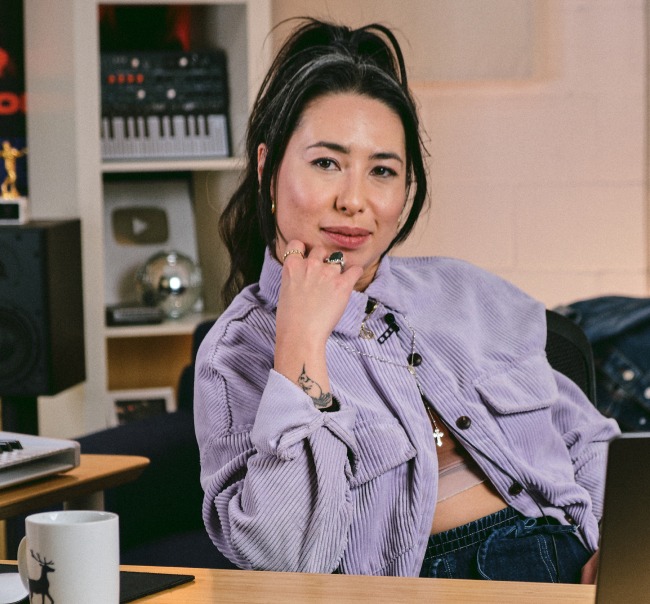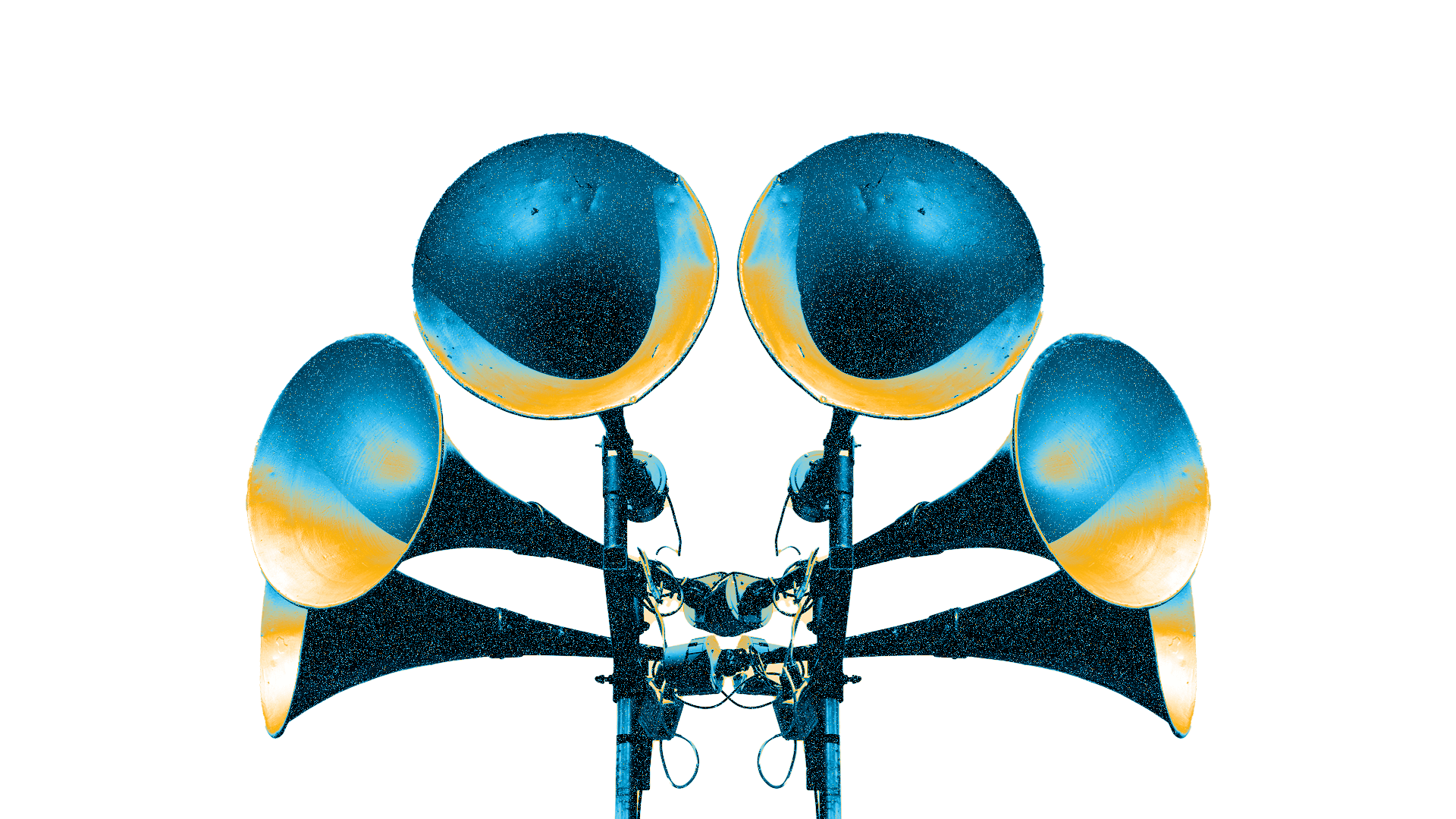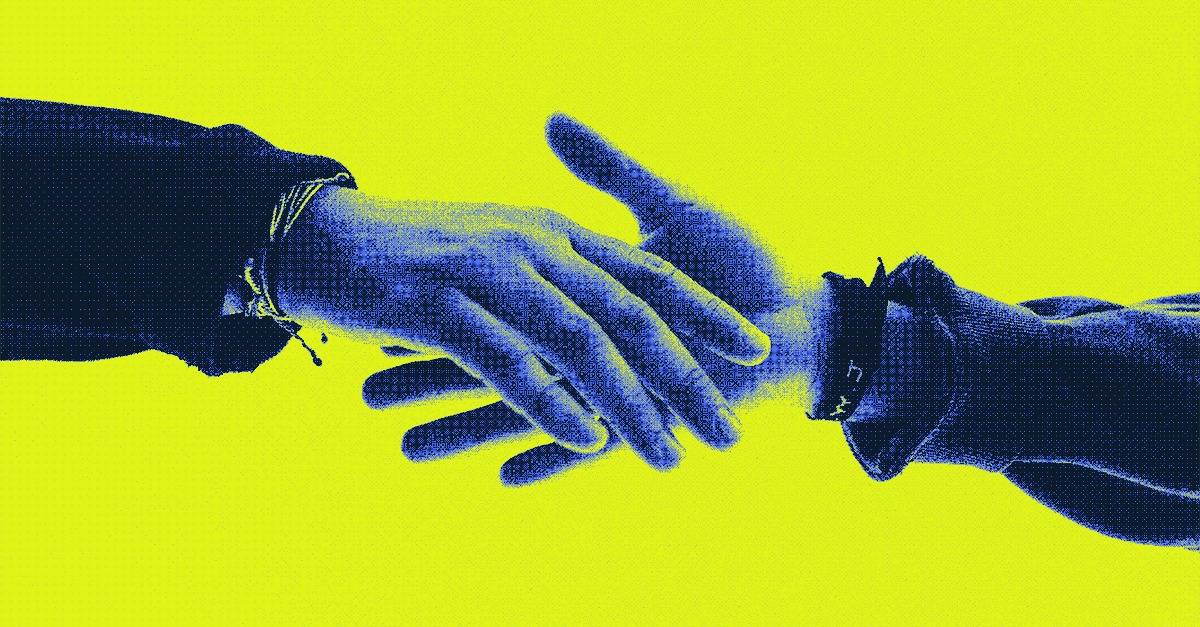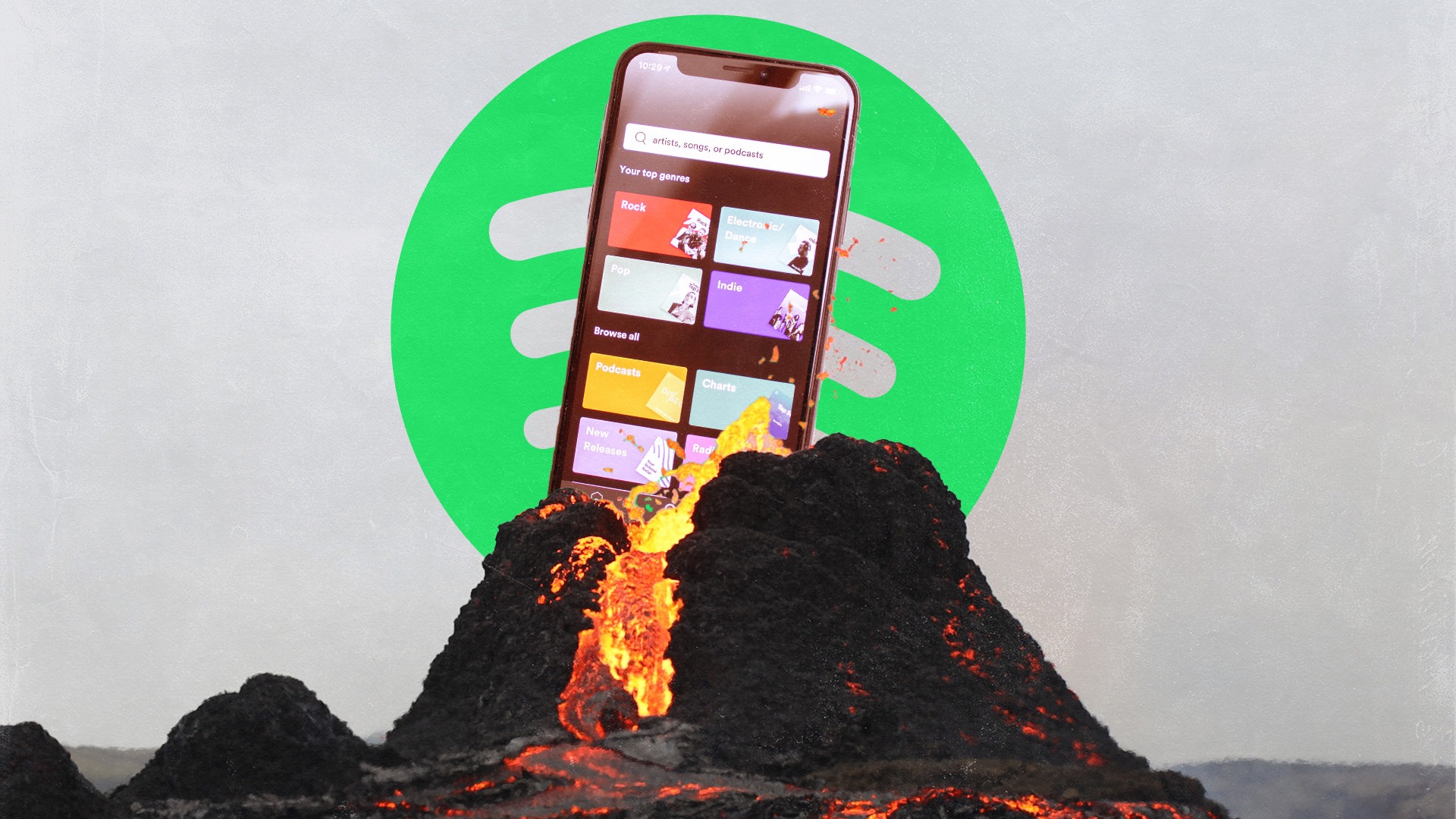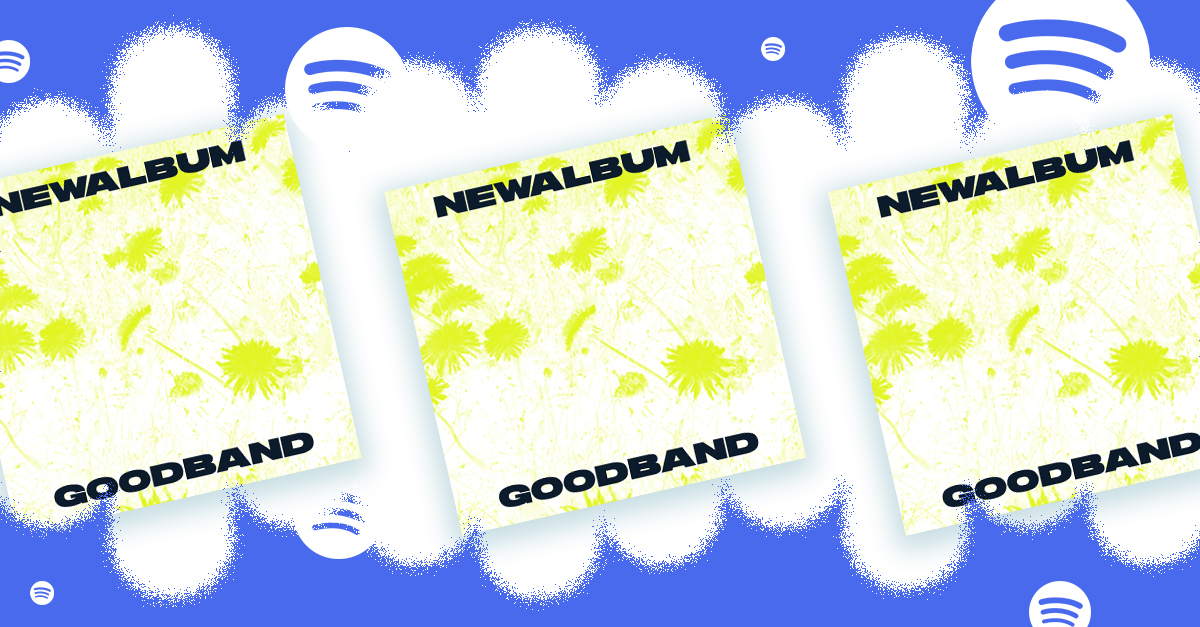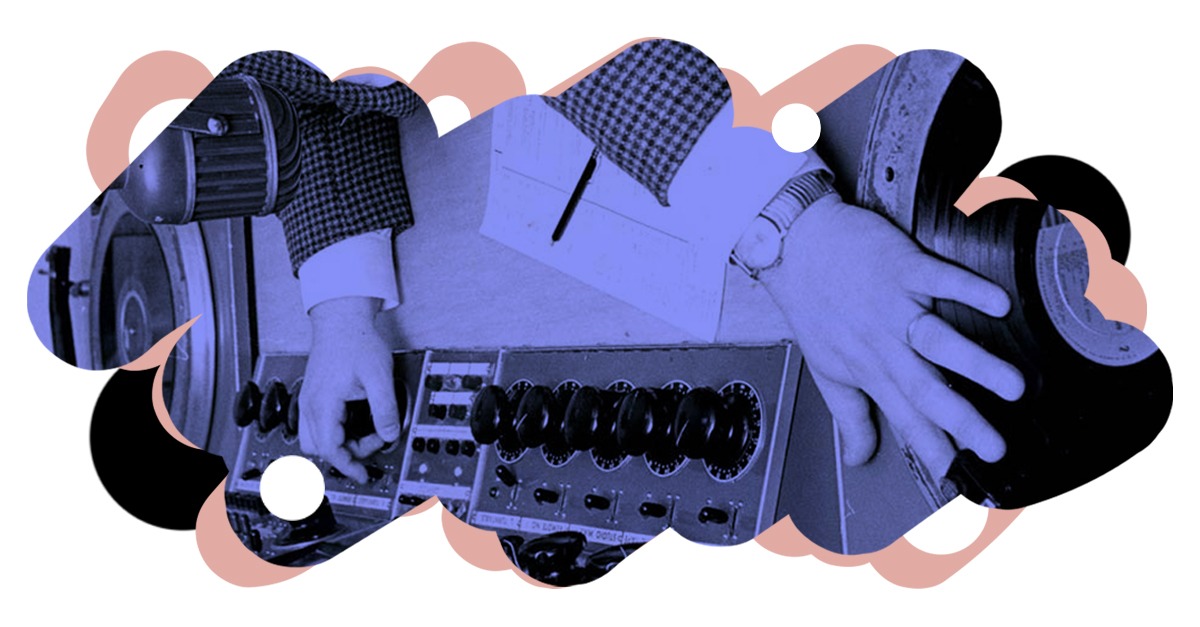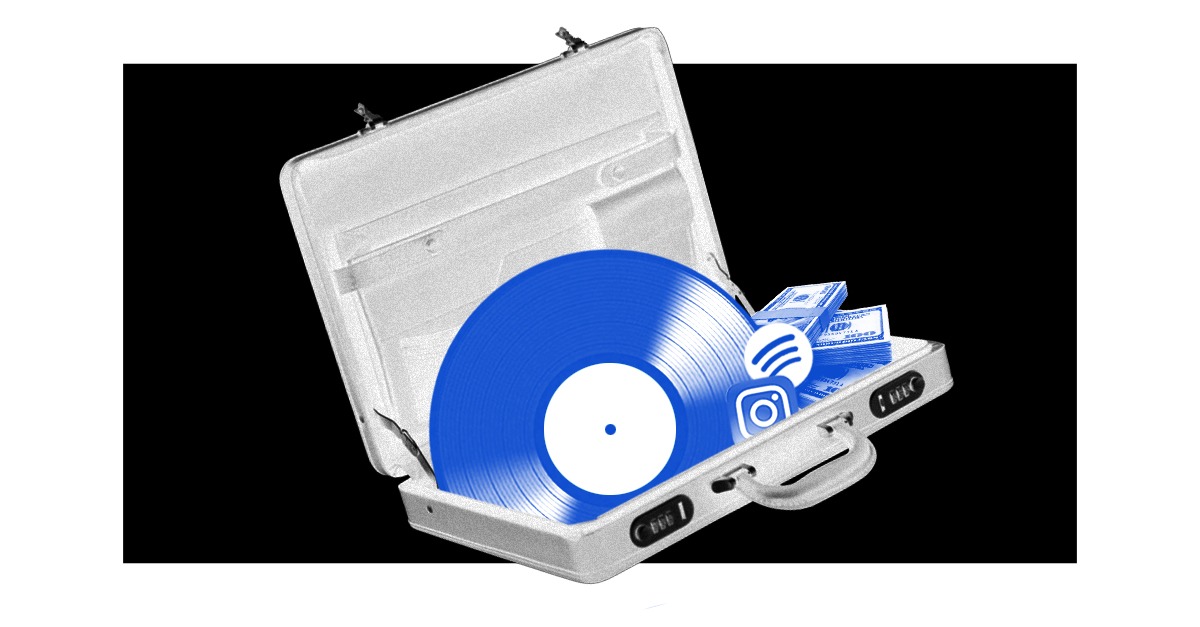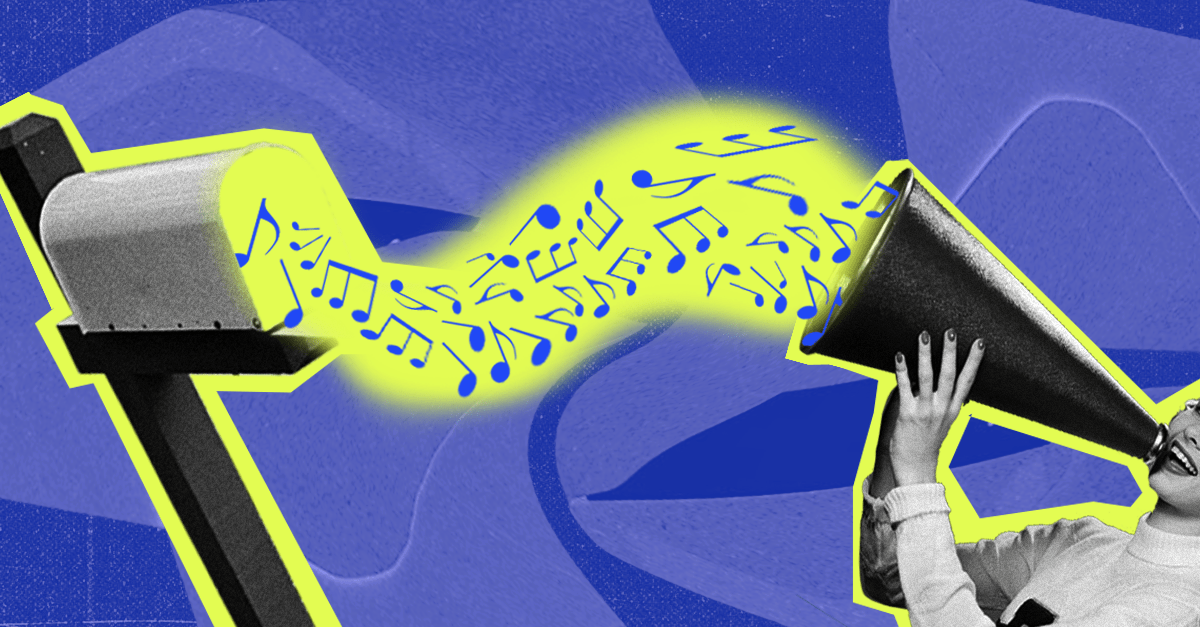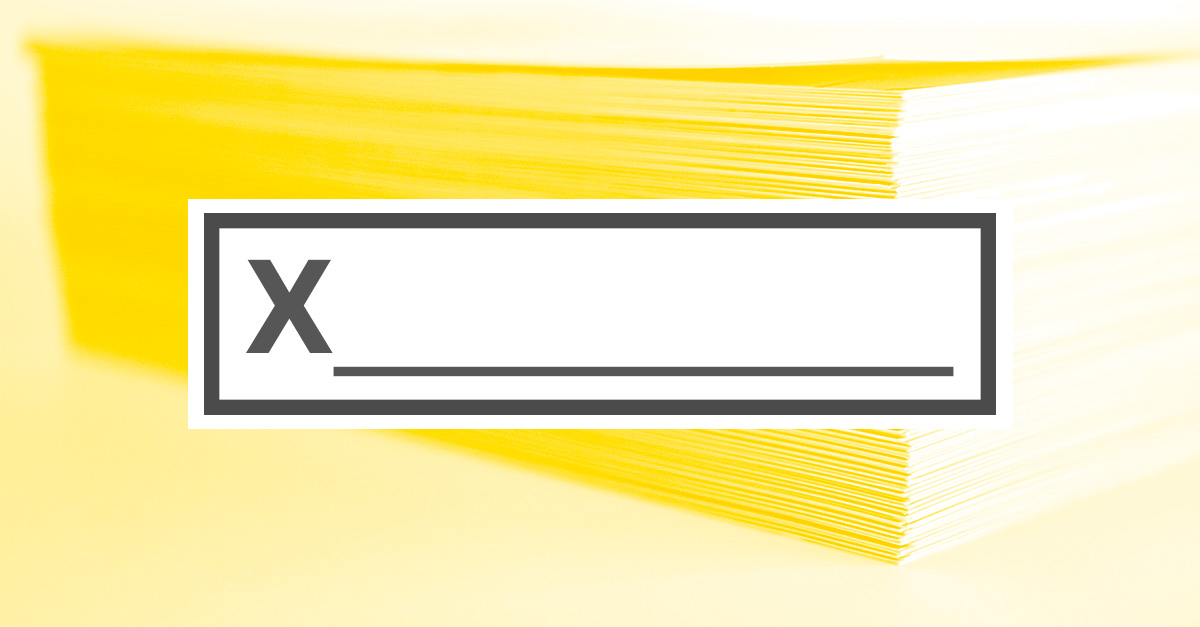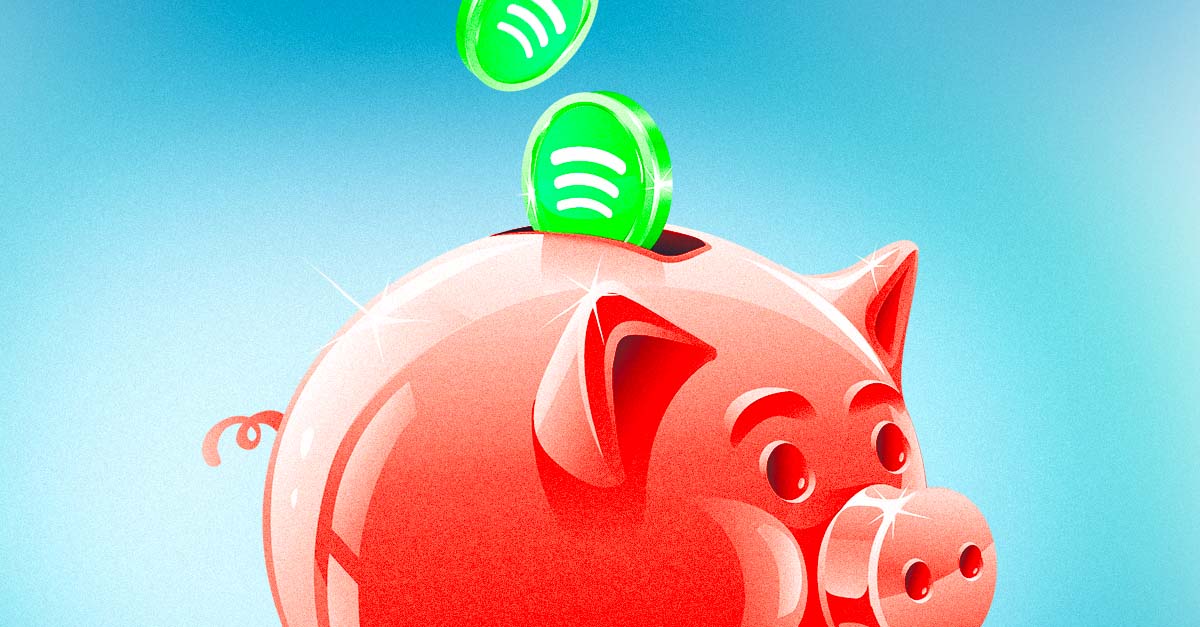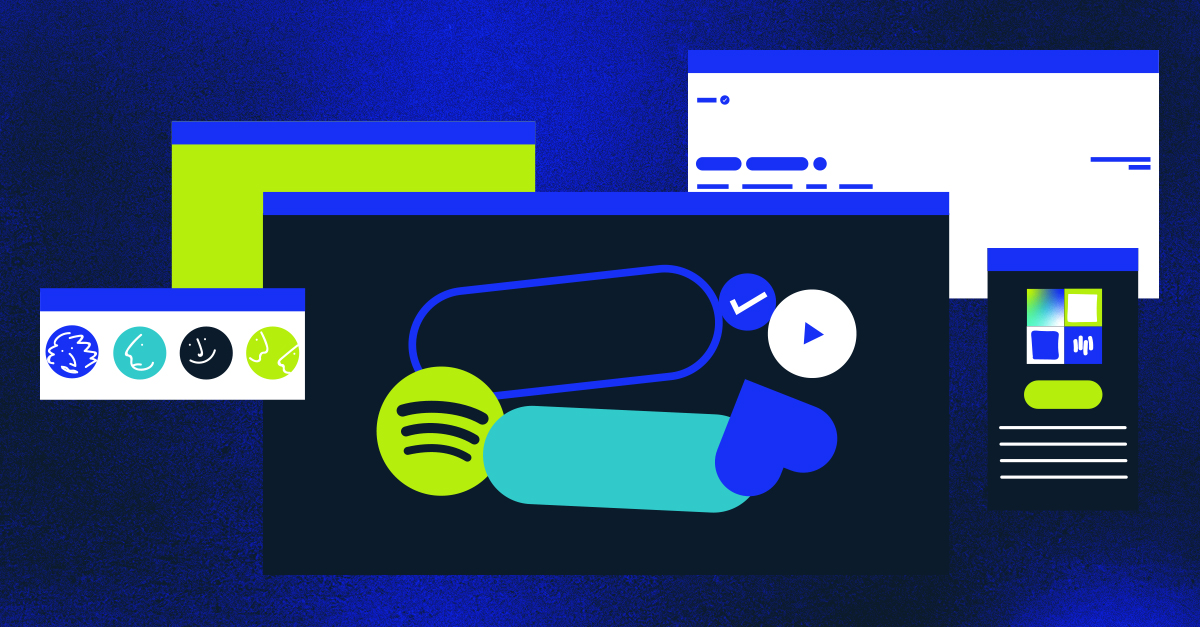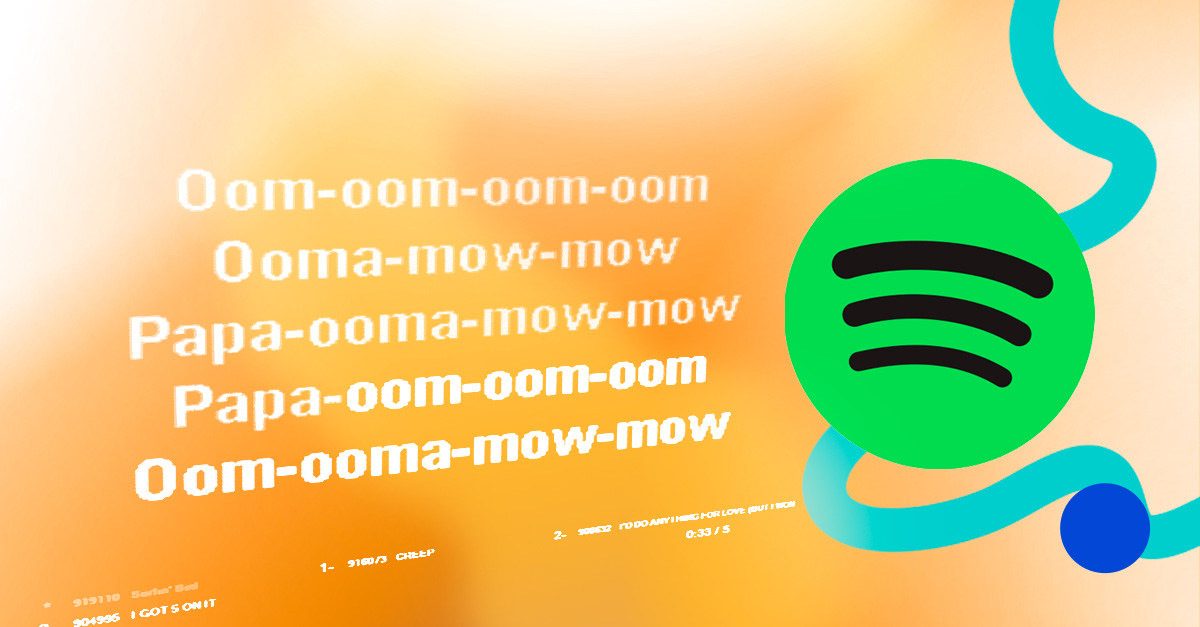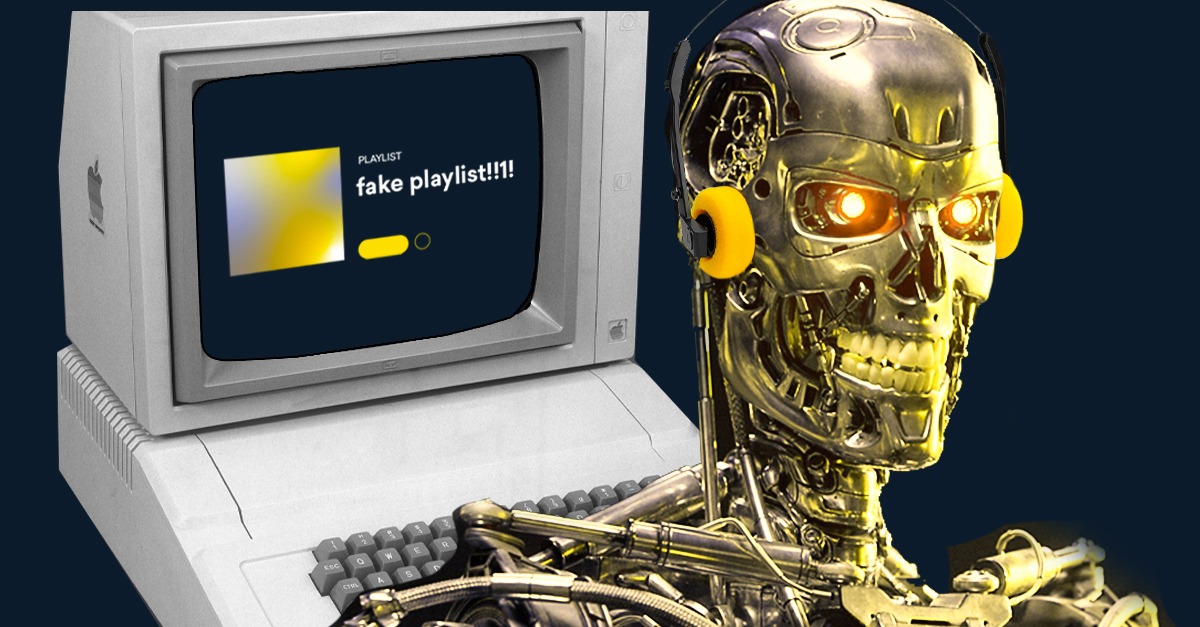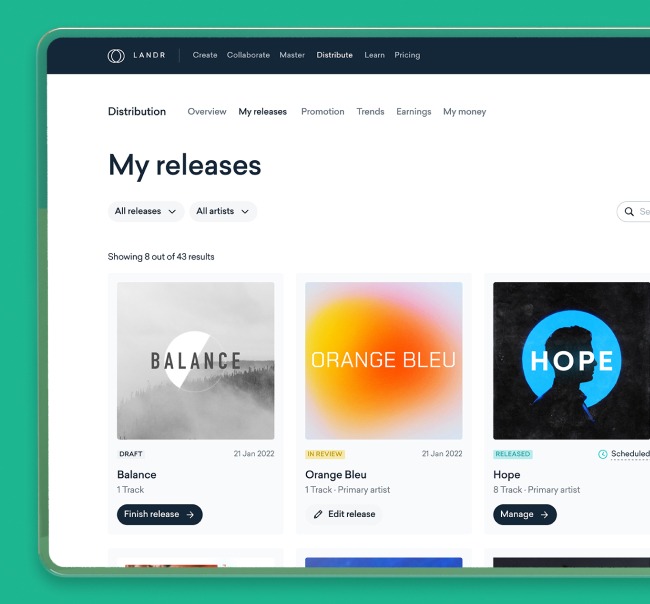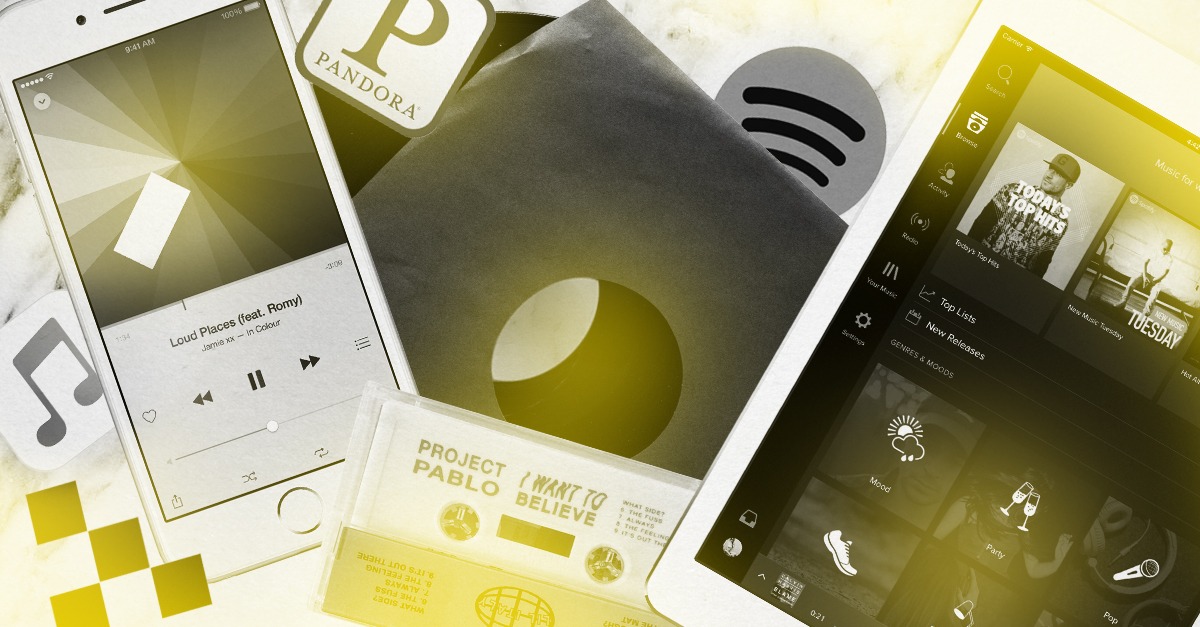
Playlist Pitching: 8 Tips to Get on Spotify Playlists
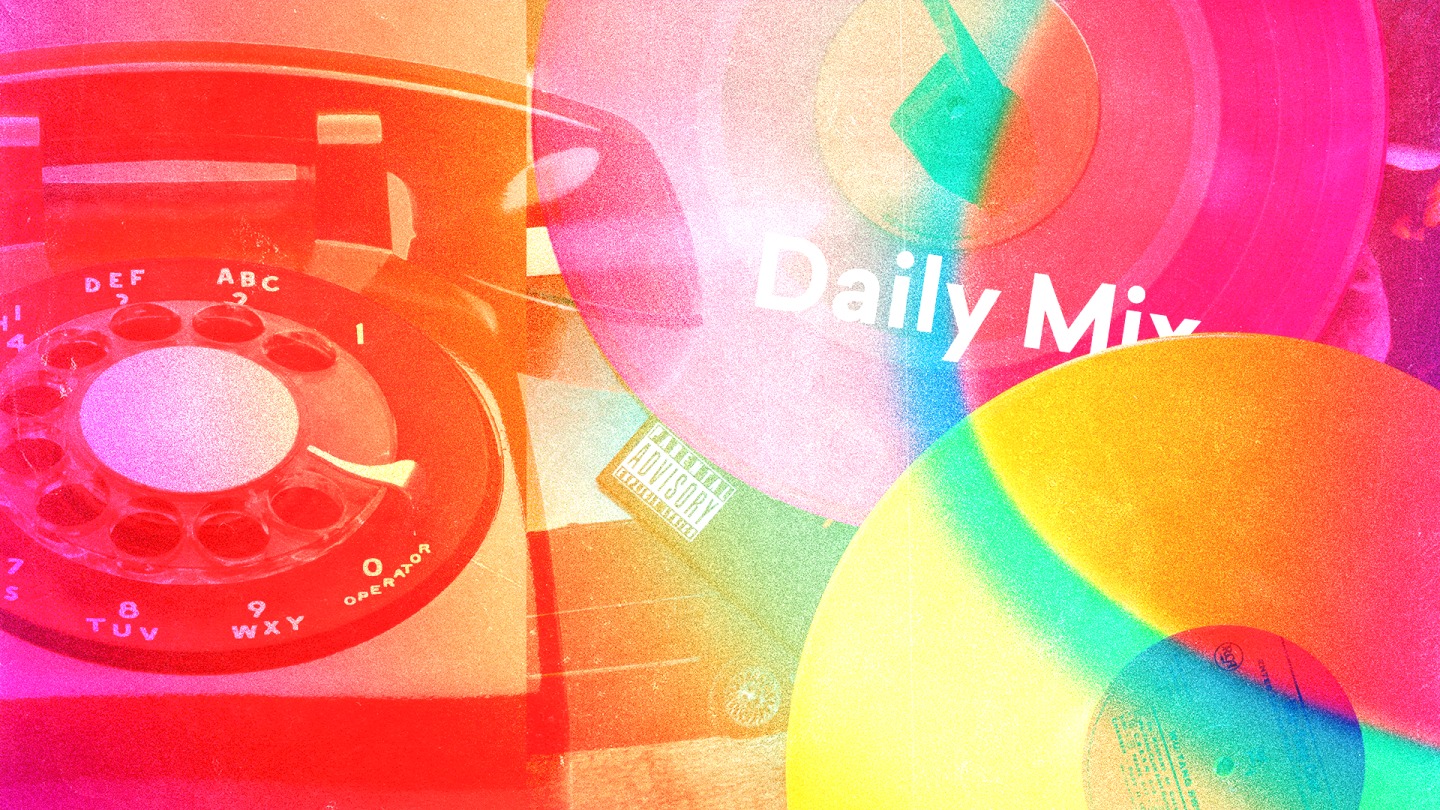
Pitching music. to Spotify playlists is a huge way music will get discovered in 2024.
From coveted spots on editorial lists to curated influencer collections, getting posted on a Spotify playlist can boost your visibility.
So what can you do successfully pitching music for Spotify playlist submission?
While there’s no easy answer that can guarantee success, there are a handful of best practices you can follow that will help your odds.
In this article, I’ll break down the basics of playlist placements and explain how you can maximize the possibility of getting on a Spotify playlist that matters.
How to pitch music to editorial playlists on Spotify
Let’s get one thing out of the way immediately—there is no way to pitch music to a specific playlist on Spotify by contacting its editors in person.
Spotify’s editorial playlists command huge numbers of followers and the platform promotes them aggressively to users.
As a result, they have an outsized influence on the music that listeners discover.
With the power to supercharge essential stats like plays and monthly listeners, aspiring artists have correctly identified editorial playlists as a stepping stone to success.
But Spotify and other platforms have kept playlist submission mechanics behind closed doors since the beginning.
Many of them are purely algorithmic and assign spots based solely on trends in platform data.
However, Spotify has acknowledged that a team of human curators plays a significant role in selection for its editorial playlists.
These editors would be immediately overrun with low quality requests if there were a simple way to contact them—no wonder they keep it under wraps!
Coming to the attention of the editorial playlist team requires a combination of organic success, smart positioning, effective use of the platform and sometimes the help of external PR representatives.
Spotify playlist pitching tips
With all that said, it is now possible to identify tracks from your pending releases for general consideration by the Spotify playlist submission team.
Once you have a release delivered via digital distribution, you’ll see an option in your Spotify for Artists dashboard to select a single track from it for consideration.
Digital distribution basics

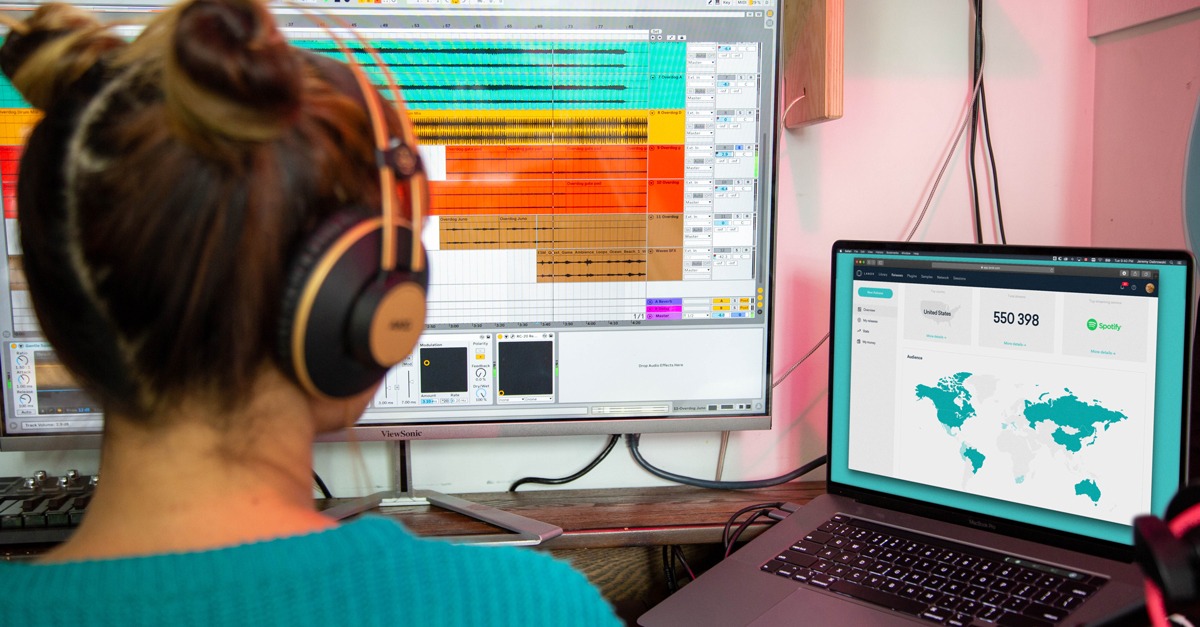
How to Distribute Your Music: LANDR Distribution Guide
You’ll have to answer some basic information about the song and provide a brief pitch to help editors get a feel for where it might work.
Here’s my best advice for how to navigate this step.
1. Be honest with your responses
Music editors have to comb through thousands of tracks to find the material they need.
Incorrect information—or worse, sarcastic remarks—can hurt your chances of connecting with them.
Be clear, honest and informative in response to any questions about who you are and what you do.
Don’t misrepresent the genre of music you make, the communities you belong to or the details about the track you’re pitching.
2. Highlight your successes
Big wins and career milestones are essential to how you showcase your story.
When you’re communicating about who you are and where you’re going, you need to present a narrative with a positive trajectory.
Do your best to show successes like media coverage, tours and show highlights as an ongoing progression toward your ambitions.
3. Provide a point of entry for your music
What is your song about? What emotions are you trying to evoke? How did the ideas for your song develop?
Music curators usually need more than a brief listen to connect with the content of a new track.
If you’re not being forthright about these essential details, editors might pass on your song without spending the time to discover what’s great about it.
Try not to worry about giving too much away, curators often need more than the average listener to get invested in the drama of a new song.
Don’t be afraid to put your personality forward when pitching music or showing how you interact with fans.
New to music promotion?
Get the basics in our series of guides.
How to boost your chances of getting on a Spotify playlist
With the basic mechanics covered, here are some steps you can take to improve your general presence as an artist on streaming platforms.
1. Manage your artist presence online
The first step to increasing your visibility on streaming platforms is to own your identity as an artist.
After all, you can’t attract anyone’s attention if they can’t easily learn about your music and message.
That means getting verified wherever your music is available and building a foundation of interaction with your listeners.
Anything about you that can be found online should communicate the important aspects of your project as a music creator.
Who are you and who do you appeal to? What communities are you connected to and how do you relate to them?
This is the bedrock of growing your following. The best advice is to be active and authentic, have a clear vision of your artist persona and stay focused on your audience.
If you need a more in-depth guide to forming the basis for your fanbase, head over to our music promotion guides to get started.
Music promotion on Spotify
Tips for growing on the essential platform.
2. Use Spotify’s built-in features
Spotify for Artists is the streaming giant’s admin portal for managing your profile.
It’s there to help you track your plays and find insights, but you can also take advantage of its features for interacting with listeners.
Whether it’s creating visuals for your songs with Canvas, adding purchasable items with Merch or highlighting select material with Showcase, using the artist feature shows your commitment to engaging with the platform.
On top of that, your profile should be fully complete and up to date including a detailed bio, recent artist photos and featured playlists.
3. Create artist playlists
Artist playlists are a great way to use playlist content to your advantage.
They allow you to curate collections of songs to share with visitors to your profile.
But they’re also a perfect way to associate your music strategically with other songs on the platform.
Who are your influences? What music is inspiring you lately? Creating playlists of similar artists for listeners to hear alongside your own helps put you in context.
4. Pitch to smaller playlists
While editorial playlists command the most attention on streaming platforms, user-curated playlists are still important.
When a song is added to a user playlist, it’s a signal to the algorithm that it fits into a niche with the rest of the material.
As your track makes it onto more playlists with larger followings, those signals stack up, boosting your exposure each time.
Eventually, this positive user data surfaces your track in consideration for editorial playlists.
That’s why starting out by targeting relevant user playlists is a key strategy to make your way up the ladder.
Many third-party playlists do allow direct playlist submissions. The most popular way to connect with them are online submission platforms like Submithub and Groover.
This service uses a paid credit system to connect artists with curators, but it does not guarantee a placement on that outlet.
Curators decide on a case-by-case basis if a track works for their channel, and they often decline.
It’s best to choose your playlist pitches carefully and try to target your submissions to curators most likely to post them.

Peggy and Anthony go deep on playlisting strategies.
5. Avoid fake streams or paid scams
One tactic that may seem appealing at first is to pay directly for streaming plays.
This practice is illegal and platforms and distributors have harsh penalties in place if they detect it.
It goes without saying that fraudulent activity will hurt your chances of getting onto a big playlist.
Remember that no legitimate outfit for pitching music or playlisting will ever offer you a direct increase in plays in exchange for money. If they do, stay away.
6. Be consistent
Consistent posting is the bedrock of success on any algorithmically driven platform.
Spotify itself recommends releasing as often as possible (every 4 to 6 weeks) to give yourself more exposure to the algorithm.
In addition to Spotify itself, regular activity on social media is a must.
Even if you don’t have huge follower counts, consistent interaction with an engaged following gives editors a sense for your online presence.
Be directed with your social posts and maintain an aesthetic that speaks to your listeners. Your effort will translate when you’re being considered for a playlist.
7. Watch your analytics
Spotify for Artists and your digital distribution dashboard help you keep track of your stats.
They provide vital information to help you target your promotion activities and they’ll inform you if one of your Spotify Playlist submissions has been accepted.
Try to use your analytics info to determine who’s actually listening and engaging with your music.
The more you know about who’s resonating with your music, the more directly you can target them in promotion efforts.
8. Stay active in the real world
While it may seem like success in music promotion is all about what you do online, there’s no substitute for your presence in the real world.
Play concerts, attend events and network with industry professionals and other artists as often as possible.
Getting playlisted can be a gamechanger, but face-to-face connections can be just as beneficial for growing your audience.
A-list playlists
Spotify playlist submission will only become more important to music discovery as streaming matures in the coming years.
If you’re promoting yourself as a DIY artist, you’ll need a solid understanding of playlist mechanics to succeed.
But if you’ve made it through this article you’ll have a strong foundation when it comes to getting on streaming playlists.
Gear guides, tips, tutorials, inspiration and more—delivered weekly.
Keep up with the LANDR Blog.
